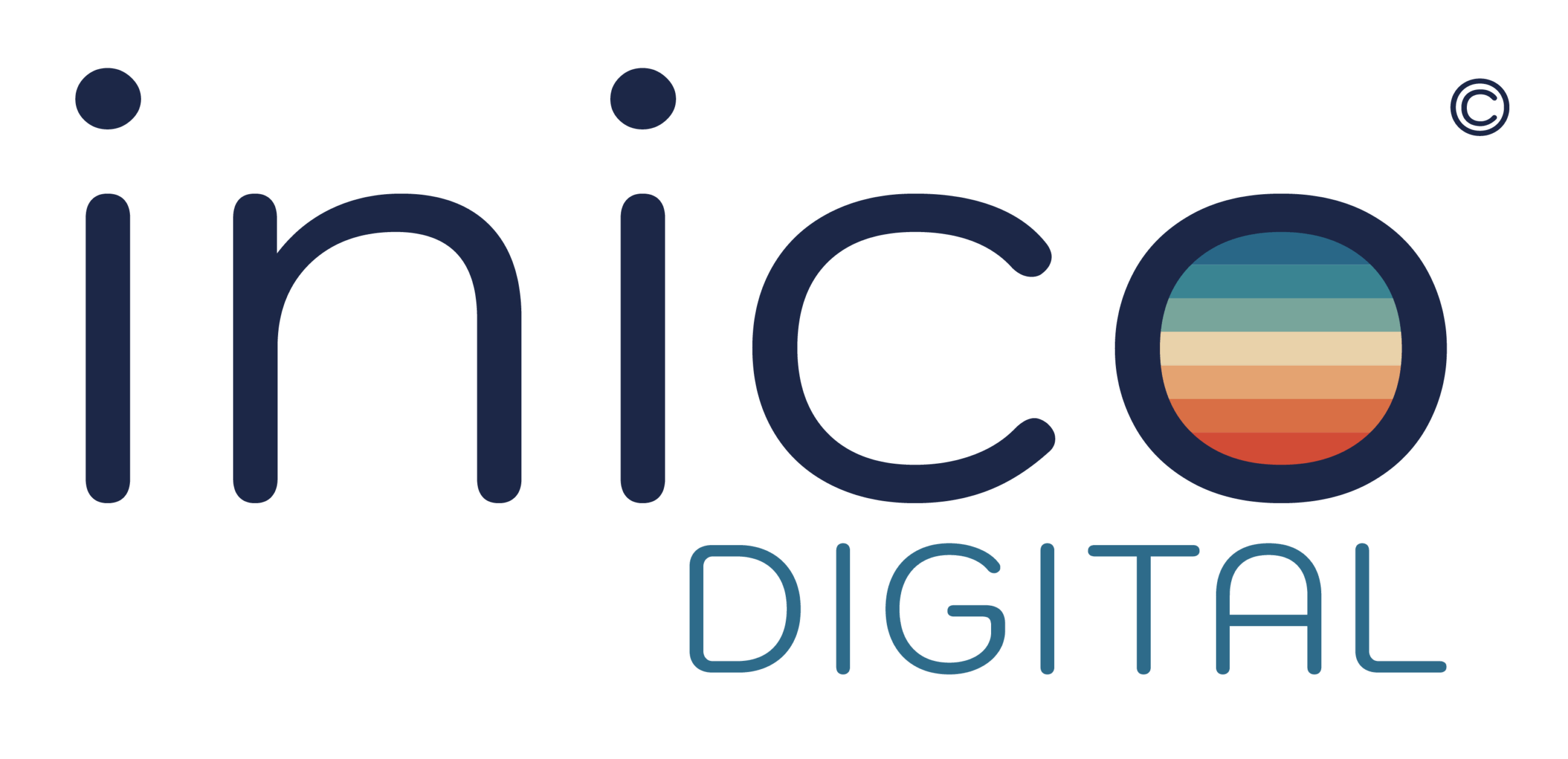How AI and Generative Engine Optimization Could Transform Inclusive Education in Northern Ireland
Across Northern Ireland, schools are increasingly adopting digital tools to support teaching and learning – a trend accelerated by both curriculum reform and growing recognition of the diverse needs in every classroom.
But as education moves further online, a new question is emerging:
How do we ensure that AI-powered tools support every learner — especially those with additional needs like autism?
A key part of the answer lies in a rising concept called Generative Engine Optimization (GEO) – an approach that ensures school-created content can be clearly interpreted and referenced by tools like ChatGPT, Copilot, and AI-powered learning assistants.
For autistic learners in Northern Ireland, this could mean more structured, predictable and personalised learning experiences – all powered by content schools already produce.
GEO is about designing digital content so it can be easily processed and accurately cited by AI systems – not just by Google, but by the learning tools students now increasingly rely on.
Think of it like SEO for AI tutors.
When schools format lesson content, resources or FAQs in AI-readable ways, those resources can be surfaced by classroom AI apps, browser extensions or home learning bots – delivering trusted school-based content directly to the learner.
Children with autism often benefit from:
- Clear and predictable routines
- Structured content and visuals
- Reduced cognitive overload
- Opportunities for repetition and self-paced learning
GEO aligns perfectly with these needs – and ensures that when AI tools are used, they’re pulling from safe, trusted school content, not unvetted internet sources.
Imagine a pupil asking their school’s AI tool:
“What does it mean if someone rolls their eyes?”
If the school’s Personal Development and Mutual Understanding (PDMU) resource on social cues is GEO-optimised, the AI could pull a trusted explanation from it – rather than an unpredictable answer from the web.

- Use structured Q&A formats in eLearning resources
- Include clear headers, simple language, and visuals
- Ensure content is published in accessible HTML (not just PDFs)
- Tag content for curriculum alignment (e.g. CCEA units)
- Explore tools like llms.txt to guide AI platforms toward your trusted content
Education Authority (EA), school SENCOs and digital leads can work together with educational platforms to create templates that bake inclusion into digital content by default.
By embedding GEO practices into platforms already used across Northern Ireland – such as Microsoft 365 or Google Workspace for Education – this shift can be scalable and sustainable.
Inclusion needs to be engineered
The move to digital education in Northern Ireland opens exciting possibilities. But unless we engineer our content to be both discoverable and inclusive, we risk leaving some learners behind.
By embracing Generative Engine Optimisation, schools can do more than follow the future of learning – they can lead it. For autistic students across NI, that leadership could be life-changing.

